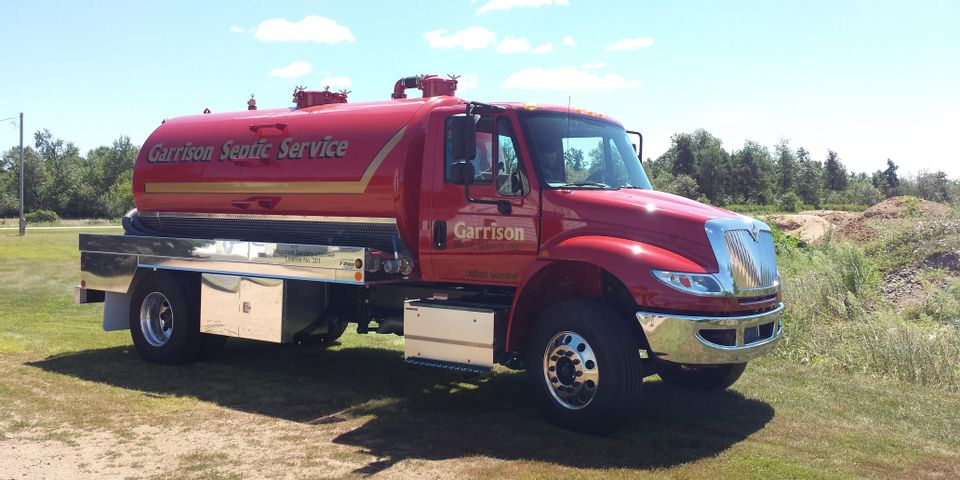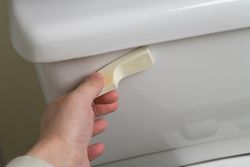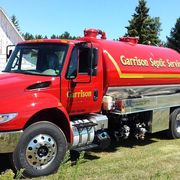The 4 Stages of a Septic System Inspection

For homes with private septic systems, professional inspections are typically required before closing on the mortgage, and any time there's an issue. But what happens during these inspections? If you're getting ready for your first one, learn more about what to expect below.
What to Expect During a Septic System Inspection
1. Maintenance Review
Before looking at the system, your inspector will go over the maintenance records and if possible talk with you about how you typically use the system. For instance, they'll ask how many people live in your home, what appliances you use, water softeners/conditioners, medications and whether you've had any problems before. Obtain a copy of the sanitary permit on file and check records when the septic tank was last serviced.
2. Visual Inspection
 Next, the inspector will visually inspect the system. If possible checking that the toilets flush properly, and looking around the drain field for any signs of ponding in the inspection pipes or surfacing of wastewater over or near the seepage area (drainfield). The inspector may also use cameras or mirrors to look inside the tank or seepage area to locate clogs or leaks.
Next, the inspector will visually inspect the system. If possible checking that the toilets flush properly, and looking around the drain field for any signs of ponding in the inspection pipes or surfacing of wastewater over or near the seepage area (drainfield). The inspector may also use cameras or mirrors to look inside the tank or seepage area to locate clogs or leaks.
3. Tank Inspection
After the visual inspection, the inspector will remove the tank cover to evaluate the liquid level, making sure it isn't too full or leaking. Check that the baffles and or effluent filter are in good condition. Look at the risers to see if there are any leaks Lastly measure the amount of sludge and scum in the tank to determine if it should be emptied out.
4. Drainfield Test
Finally, a full septic system inspection includes an evaluation of the seepage area (drain field). The inspectors check the vent and inspection pipes for ponding (wastewater effluent in the seepage area). If there is a large amount of effluent in the vent or inspection pipes a hole is bored or dug by hand into the seepage area to see what is going on, if water fills the hole that's a clear indication that something is wrong with the system and repair or replacement may necessary. If needed a soil boring is done to make sure the seepage area is properly designed to treat the waste effluent coming from the septic tank to the seepage area.
If you’re buying a new home or having trouble with your septic system, a professional inspection can save you time and money. For expert service, turn to Garrison Septic Service Inc for a thorough and detailed inspection that’s done right the first time. This family-owned business has served the Wisconsin Rapids and Central Wisconsin area since 1939. Call (715) 325-7282 to schedule an appointment, or visit their website to learn more about their services.
About the Business
(3 reviews)
Have a question? Ask the experts!
Send your question

